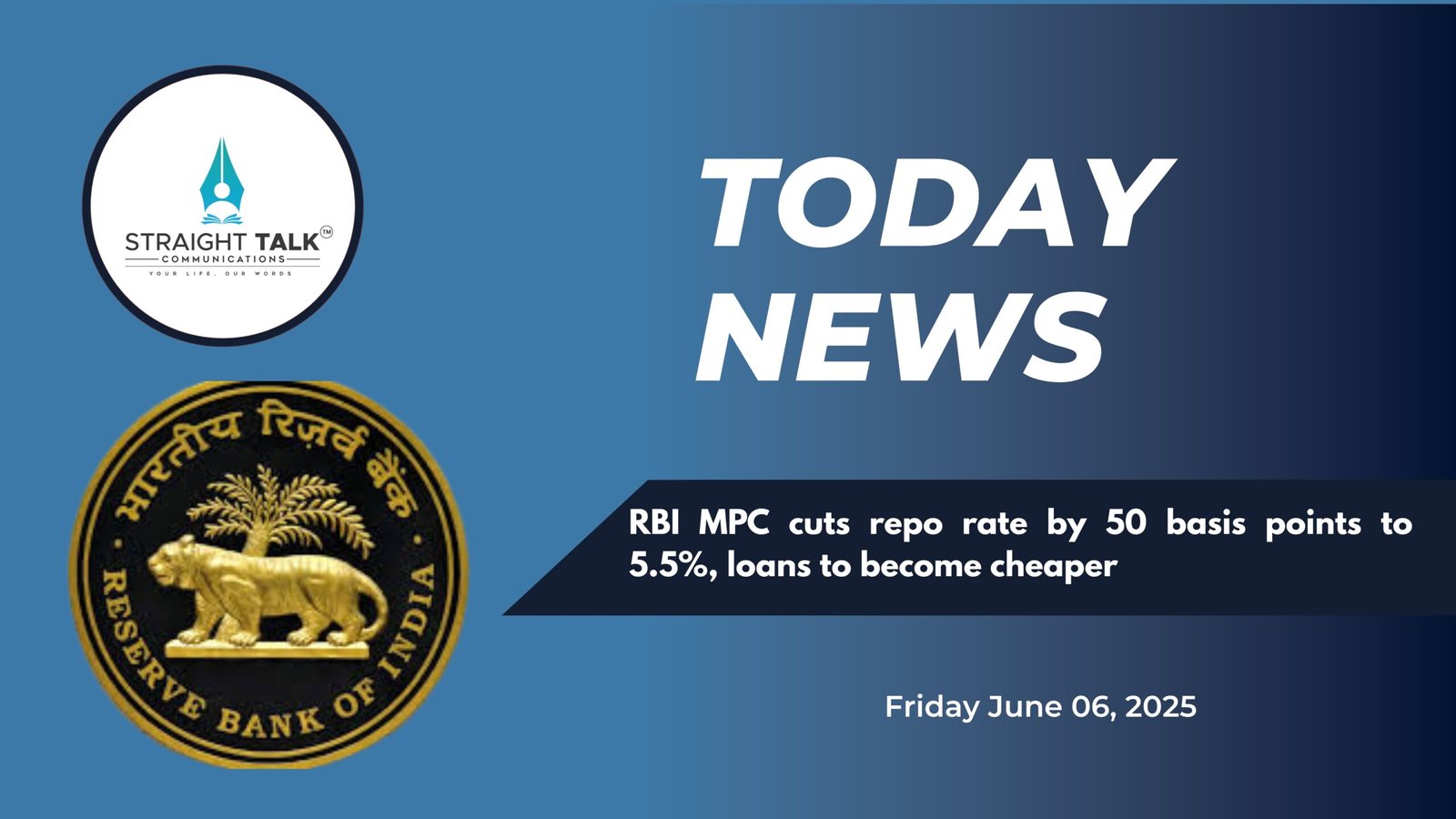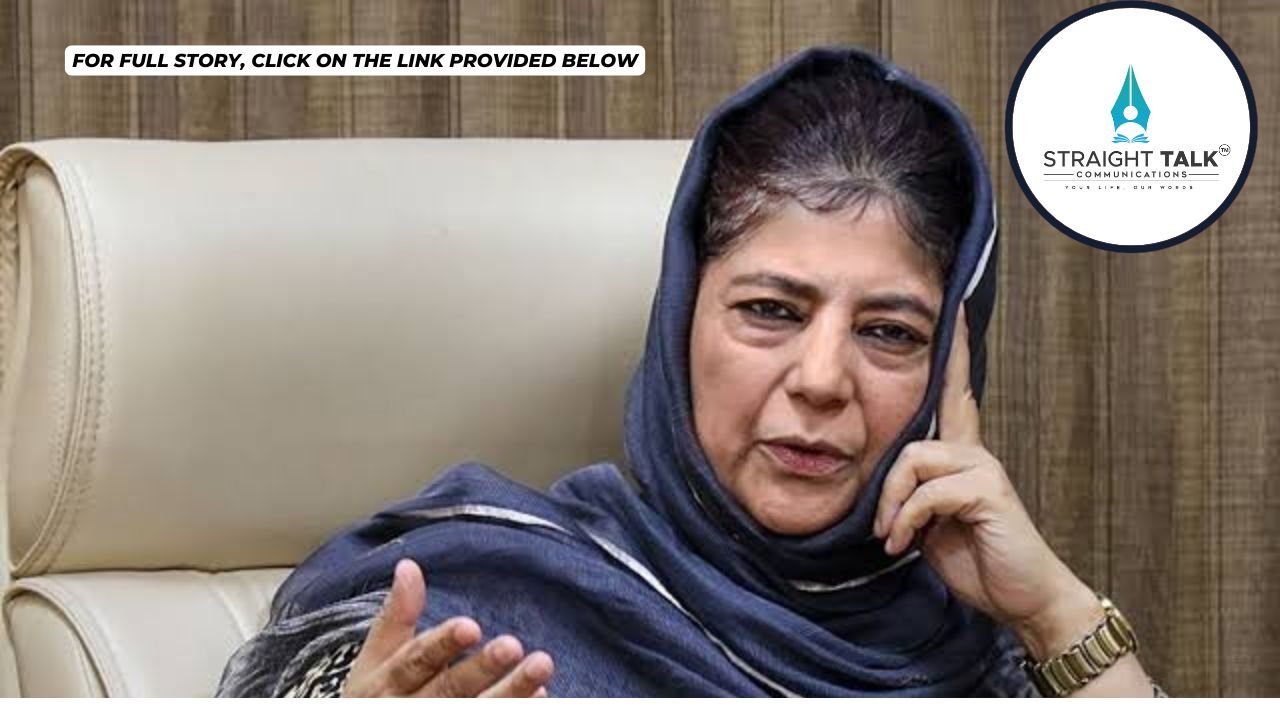Sandalwood in Kashmiri Cinema

A concrete policy document to revive and establish the Kashmiri Cinema purely on professional lines should be drafted so that it becomes one of the key contributors to Kashmir’s economy.
Sajjad Bazaz
Kashmiri Cinema, precisely the film industry of Kashmir, exists only by name, though it had a sterling beginning in 1964 when first-ever Kashmiri feature film ‘Maenz Raat’ was launched. Some time back, I had an opportunity to watch the film at ‘World Kashmir Film Festival’. At a time when technology has brought in sweeping changes in film production, watching a black and white regional film produced in 1964, that too by Kashmiri artists was not exciting. However, being an ardent fan of cinema, I was curious to know why Kashmiri Cinema didn’t flourish. I thought watching ‘Maenz Raat’ for being the first feature film of the Kashmiri Cinema was an opportunity to know the cause of failure of the Kashmiri Cinema. I had anticipated ‘Maenz Raat’ as an example of failure in cinema.
But after watching the film, my anticipation proved wrong on all fronts – be it storyline, screenplay, cinematography, music, direction, performance of the actors and other production values. I found the film having a beautiful plot like any other Bollywood film. The scenes driving the story loaded with social background, the Kashmiri culture, decorated with beautiful Kashmiri music, folk songs and the idioms of the language don’t allow the audience to miss any sequences in the film.
Precisely, it was a delight to watch Kashmiri Cinema in ‘Maenz Raat’ at its best that too in its maiden attempt. But at the same time it was saddening to note that we have failed to capitalize on the power of cinema which we could have effectively used to debate at least our core issues- be it political or social confronting this place and at the same time generate decent economic gains.
However, an attempt to revive Kashmiri Cinema was again made when the Kashmiri film “Habba Khatoon” directed by Bashir Budgami was screened, though as the first full-length TV feature film produced for Doordarshan Kendra Srinagar in 1976. The film tells the story of the famous 16th-century Kashmiri poet and queen. Again the technical aspects of the film were highly commendable and the audience cherished watching it again and again. During that period, the film was at the centerstage of discussions in every Kashmiri family, especially its songs, which were beautifully composed.
Even as the popularity of ‘Habba Khatoon’ threw an opportunity to the Kashmiri filmmakers to revive the Kashmiri Cinema, no sincere effort was made by the local filmmakers to sustain and carry forward the legacy of films like ‘Maenz Raat’ and ‘Habba Khatoon’.
However, it took more than three decades for local filmmakers to make another effort to revive the Kashmiri Cinema. This time it was ‘Partav’ (The Influence), a 2013 Kashmiri drama film directed by and starring Dilnawaz Muntazir, that made the news of the return of Kashmiri Cinema. The film focused on a highly educated professor who abandons his wife to pursue his literary work. Interestingly, it was a landmark film for the Kashmiri cinema, being the first 35 mm digital Kashmiri film and the first to receive international recognition, winning an Award of Excellence at the 2013 Canada International.
Yet again, the effort to reposition the Kashmir Cinema was again lost and filmmakers showed lack of appetite to produce Kashmiri feature films. Precisely, this lack of appetite to explore the potential of the Kashmir Cinema led to the loss of a powerful economic sector, which could have been, as I fervently believe, better than Bollywood. I blame this huge loss to the local people associated with cinema – the filmmakers.
Indian film industry and Kashmir have remained inseparable for decades, be it in Pre or post -1990 era. Ask any filmmaker, he will endorse that Kashmir has served as a hotbed of stories for Hindi cinema (Bollywood) and the South film industry – a combination of Telugu (Tollywood), Tamil (Kollywood), Kannada (Sandalwood), and Malayalam (Mollywood), with the Tulu film industry also included.
Notably, the South film industry is known for its large-scale blockbusters, rich musical traditions, and passionate fan bases. It’s incredible, but true! The South film industry has collectively surpassed Bollywood in box office revenue in recent years due to innovative content and hugely growing production values.
In the pre-1990 era, Kashmir attracted film producers mostly for the natural beauty it possessed. But post-1990, the turmoil that gripped the region turned the region (Kashmir Valley) into a green pasture for filmmakers; more for picking stories than capturing the beauty of Kashmir to decorate their scripts. There should be no hesitation to state that most of the film producers time and again flirted with the situation in Kashmir especially when it was volatile and boiling at its peak. Though films with the stories revolving around Kashmir pulled crowds to cinema halls, the twisted narrative of human sufferings in Kashmir did no good to the country as these films injected an overdose of patriotism into the audience. Even today, when peace has been successfully invading turmoil in Kashmir and normal life is fast becoming the order of the day, there are filmmakers who continue to peddle Kashmir stories, maligning facts and breeding hatred among communities across the country. I am sure they don’t do it to promote patriotism. They, in fact, raise patriotic fever among Indian audiences to unload their pockets and mint money – in business parlance it is simply profiteering at the cost of human sufferings.
At a time when the country’s film industry could have played a leading role in presenting Kashmir stories with positive frame of mind without provoking the audiences on religion lines, a South Indian film maker from Sandalwood comes with ‘HARMUKH’ – an untold story of Hindu – Muslim bonding in Kashmir. It’s the first-ever feature film made in both Kashmiri and Kannada languages. The beauty of the film is that it has uniquely brought Kashmiri and South Indian artists together to showcase ‘INSANIYAT’ (HUMANITY) displayed through the medium of cinema – the most powerful communication tool to bring social change.
A few days back I got an opportunity through invitation to watch the film ‘HARMUKH’ at its premier launch. Being an ardent fan of watching movies since my childhood, I couldn’t resist myself to be part of the audience to watch the movie, as I was curious to know what brought South Indian film industry and Kashmir together to produce a film in regional language. As a matter of routine, the film begins on a low pitch with nothing sensational. But the background narration giving a synopsis of the untold story “HARMUKH” was delightful. I mean the spoken word by Kashmir’s one of the best professional voices, Zahoor Zahid, who himself is a reputed filmmaker, has given an amazing start to the film. His few minutes background narration is reminiscent of Amitab Bachhan, Raza Murad and the likes who have given similar BG narration in so many popular films. Precisely, the voice-over immediately hooks the audience to remain glued to the journey of the film.
‘HARMUKH’ is an untold story, conceived and written by acclaimed filmmaker Ashok Cashyap, who has also directed the film. The story beautifully weaves together the spirit of Kashmir and the warmth of Karnataka. At its core, there is a message of friendship beyond borders. It depicts the emotional journey of two families from different cultures and how they grow to love and understand each other. Precisely, ‘HARMUKH’ displays the power of human connection beyond region and religion boundaries.
The storyline of the film is amazing, highlighting the Hindu-Muslim bonding at its best. Showing a South Indian, a normal government employee posted in Kashmir and a Muslim family renting him out their apartment turning into a strong relationship between the two diverse families reminds me of some similar stories which actually have happened. The strong bonding of Muslim girl child and the Hindu girl child in the more-than friendly relationship of the families has been portrayed as something exceptional. In their adulthood, the script driving their scenes gave me a feeling that the two are peddling romance (love affair). But the curiosity gets immediately over when the son of the Hindu family, born in Kashmir and named ‘HARMUKH’, calls the Muslim girl as his sister. Frankly speaking, the kind of bonding between the Muslim girl and the Hindu boy shown in the film doesn’t reflect the brother-sister relationship. Here, I see the writer has gone overboard while conceiving dialogues in a brother-sister relationship. To be precise, dialogues should have been more appropriate to align with such a relationship.
The real story begins when ‘HARMUKH’ slips to death at a time when he was supposed to fly to Srinagar to attend the marriage ceremony of his ‘Muslim Sister’. The journey of the father with his son’s ashes to Srinagar from his home at Bangalore to attend the marriage ceremony and at the same time fulfill mandatory rituals of consigning the ashes at Gangbal, HARMUKH peak is loaded with scenes which leave the audience with wet eyes. Words fell short to appreciate the expressions of the actors in the scenes showing the ashes being taken for final destination.
At the end, the consigning of HARMUKH’s ashes to final destination in the lap of HARMUKH as per the Hindu rituals by a Muslim makes the audience emotional as it tells the power of human connection irrespective of religion.
As far as actors who have performed in the film are concerned, the performance of T. S. Nagabharana, who is in the role of head of Hindu family from South India living in Kashmir, is unmatched. Kashmir’s own super star, Ayash Arif has also shown a wonderful performance. Both actors, Nagabharana from Sandalwood and Ayash from Kashmiri Cinema, have stolen the show with originality in their expressions, especially when they carry the ashes of HARMUKH.
Other actors too have marked their impactful presence irrespective of their role and time on the screen. Every actor in the film is noticed through his/her performance.
Precisely, the fusion of Sandalwood and Kashmiri talent in the field of feature film production with scripts driving narratives like “HARMUKH” can defuse the pseudo patriotic film makers flirting with Kashmir stories who create unrest in communities for profiteering. “HARMUKH” is a step to explore the green pasture of untold Kashmir stories telling the world what actually ‘KASHMIRYAT’ is all about – a true value of human connection (INSANIYAT).
Meanwhile, Sandalwood-driven attempt to revive the Kashmiri Cinema shouldn’t be allowed to go to waste this time. The efforts like HARMUKH have to be consistent so that the Kashmiri talent in the field of film making get a platform to show their skill and carve out respectable living out of their professional performance. A concrete policy document to revive and establish the Kashmiri Cinema purely on professional lines should be drafted so that it becomes one of the key contributors to Kashmir’s economy.
(The author is Editor-In-Chief at Straight Talk Communications. He is former Head of Corporate Communications & CSR Department and Internal Communication & Knowledge Management Department of J&K Bank)







